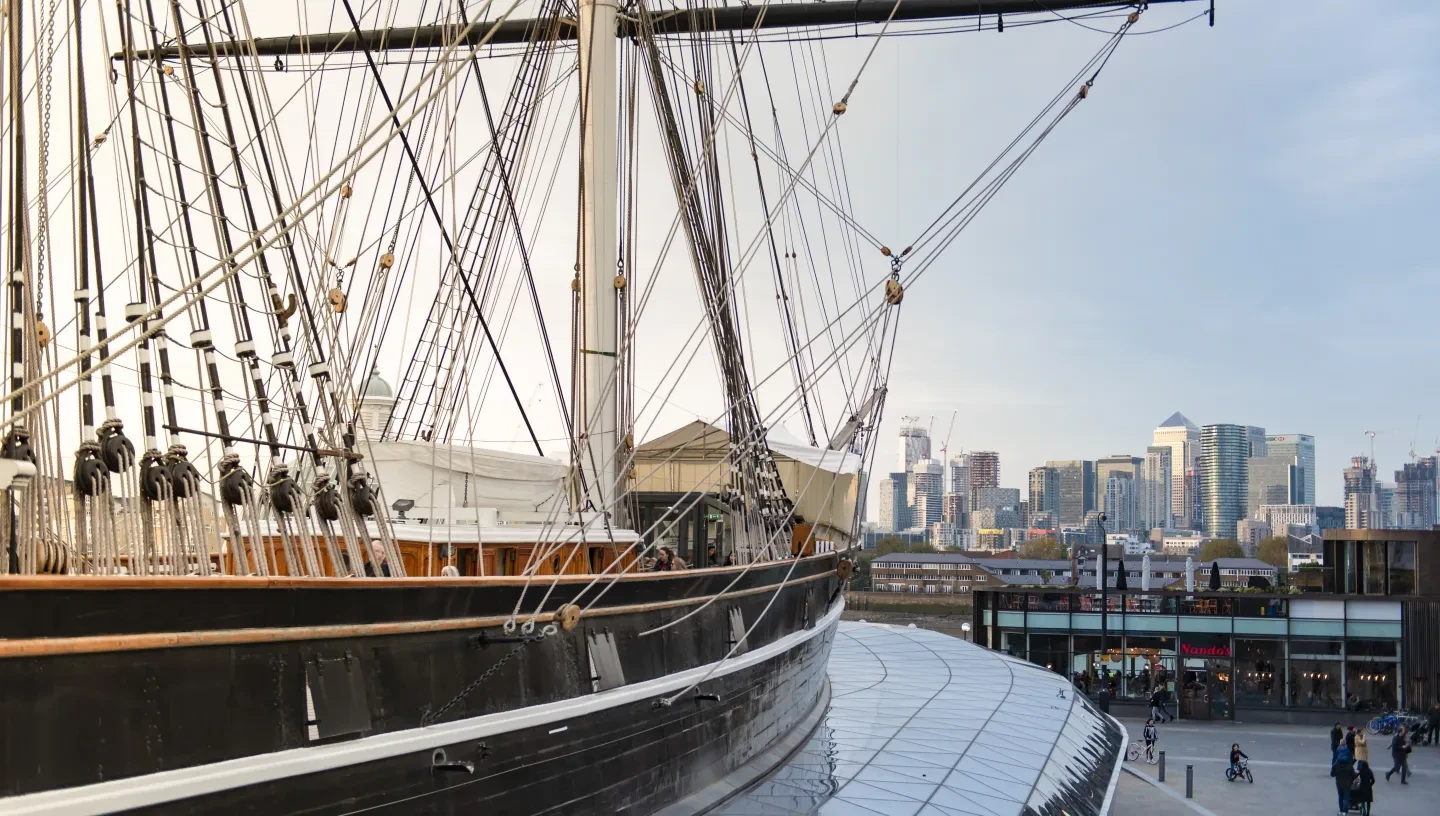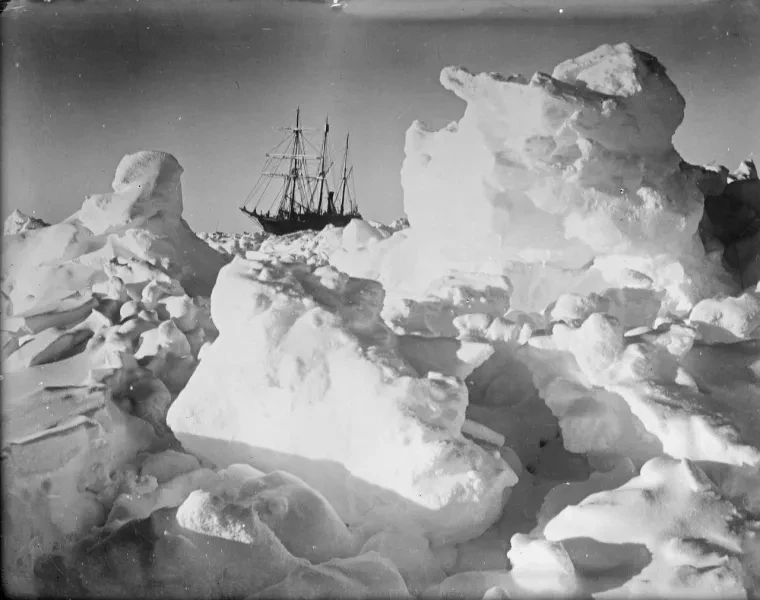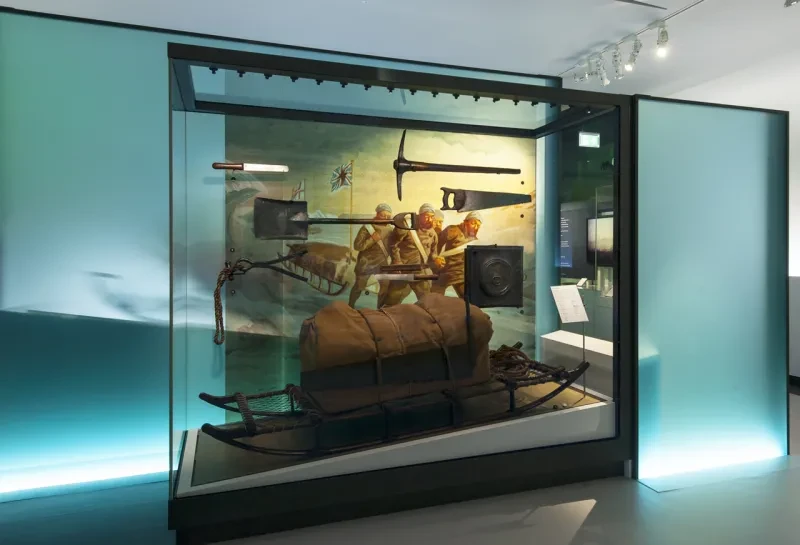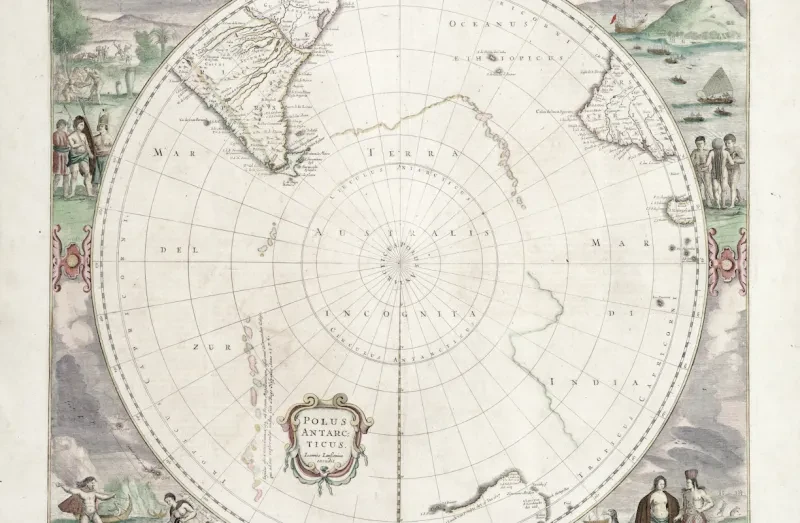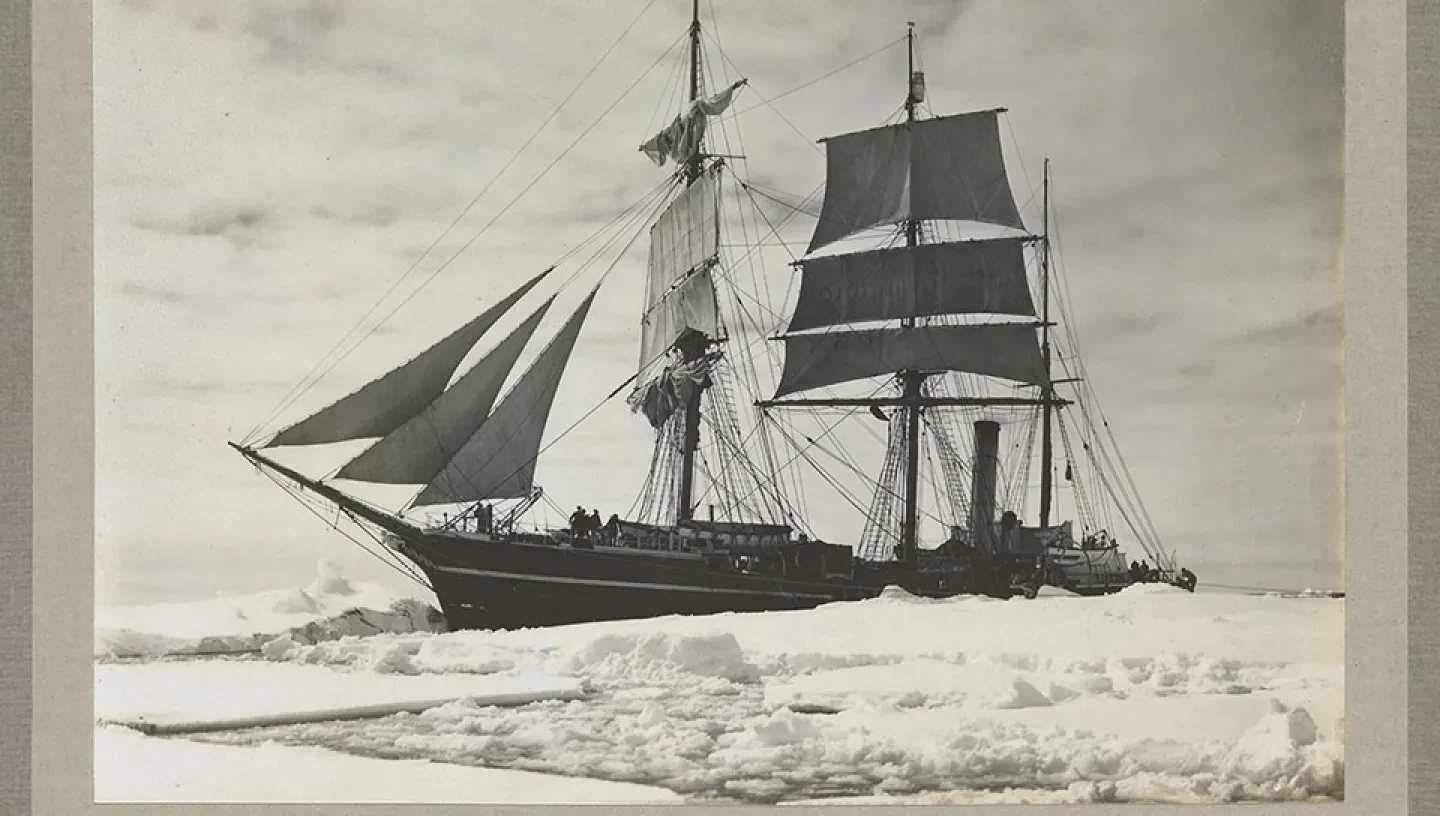
Captain Scott's ship the Terra Nova
The Terra Nova was built in 1884 as a whaling ship but became better known for her role in Polar exploration and her association with Captain Scott.
The Terra Nova was built in 1884 as a whaling ship but first found fame as the relief ship for Scott’s ‘Discovery’ expedition in 1903 and a couple of years later rescued members of the American Ziegler Polar Expedition. But her primary claim to fame like Scott’s rests mainly on his second expedition.
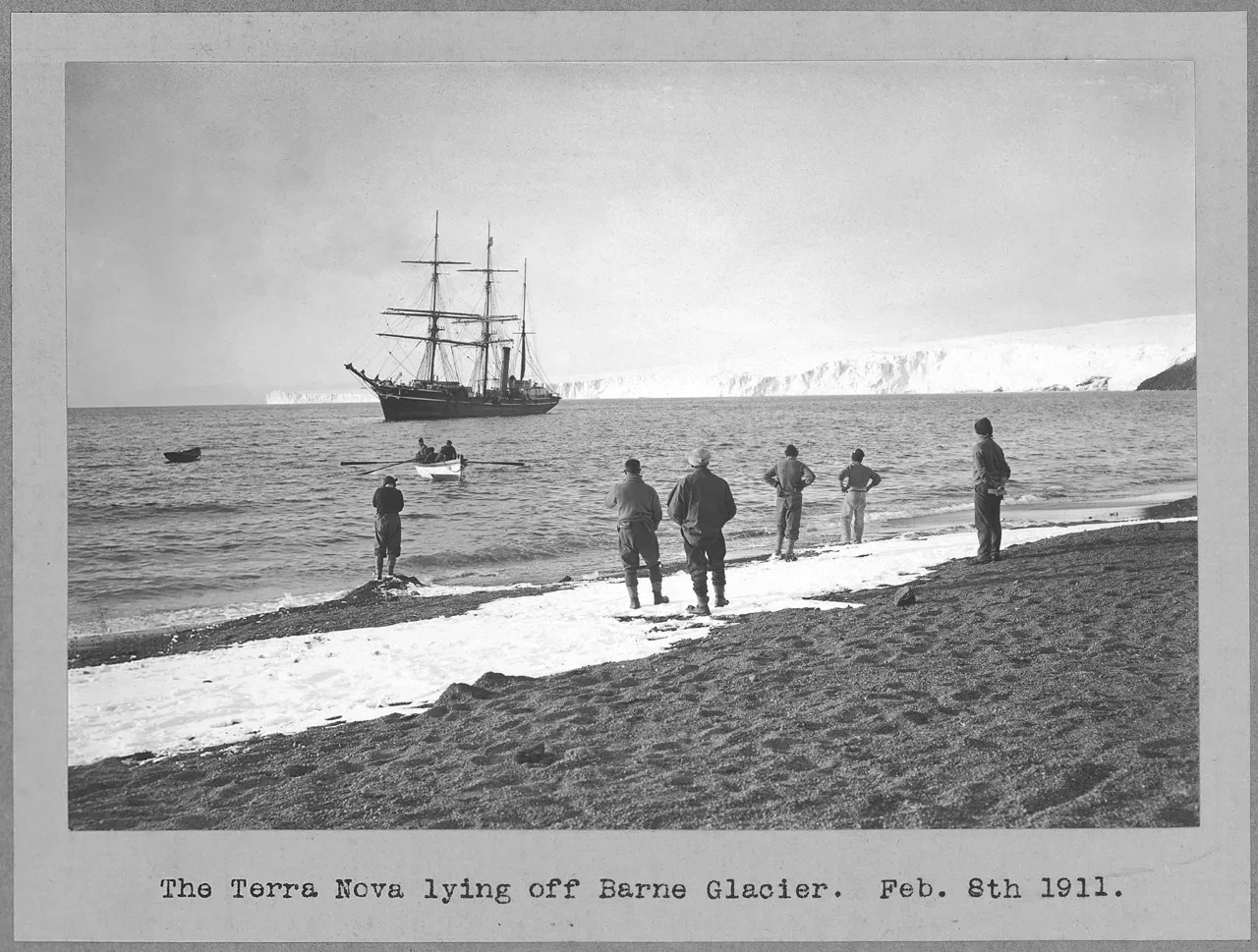
The Terra Nova Expedition (officially the British Antarctic Expedition)
In June 1910, Scott’s team set off again on one of the most notorious scientific voyages of all time, this time in the Terra Nova. Despite doubts about her condition, the tighter budget for the second expedition meant she was the best ship that Scott could afford. Scott made several detours to continue fundraising in South Africa, New Zealand and Australia before reaching Ross Island in the Antarctic on 4 January 1911.
Antarctic duties
The Terra Nova spent the Antarctic summer transporting parties engaged with scientific tasks. The ship wintered in New Zealand before returning on January 4 1912 for the start of the second season and further scientific duties. The Terra Nova returned to the Antarctic on 18 January 1913 to retrieve the remaining expedition members. It left without Scott and the other members of his team who had perished on their return from the South Pole.
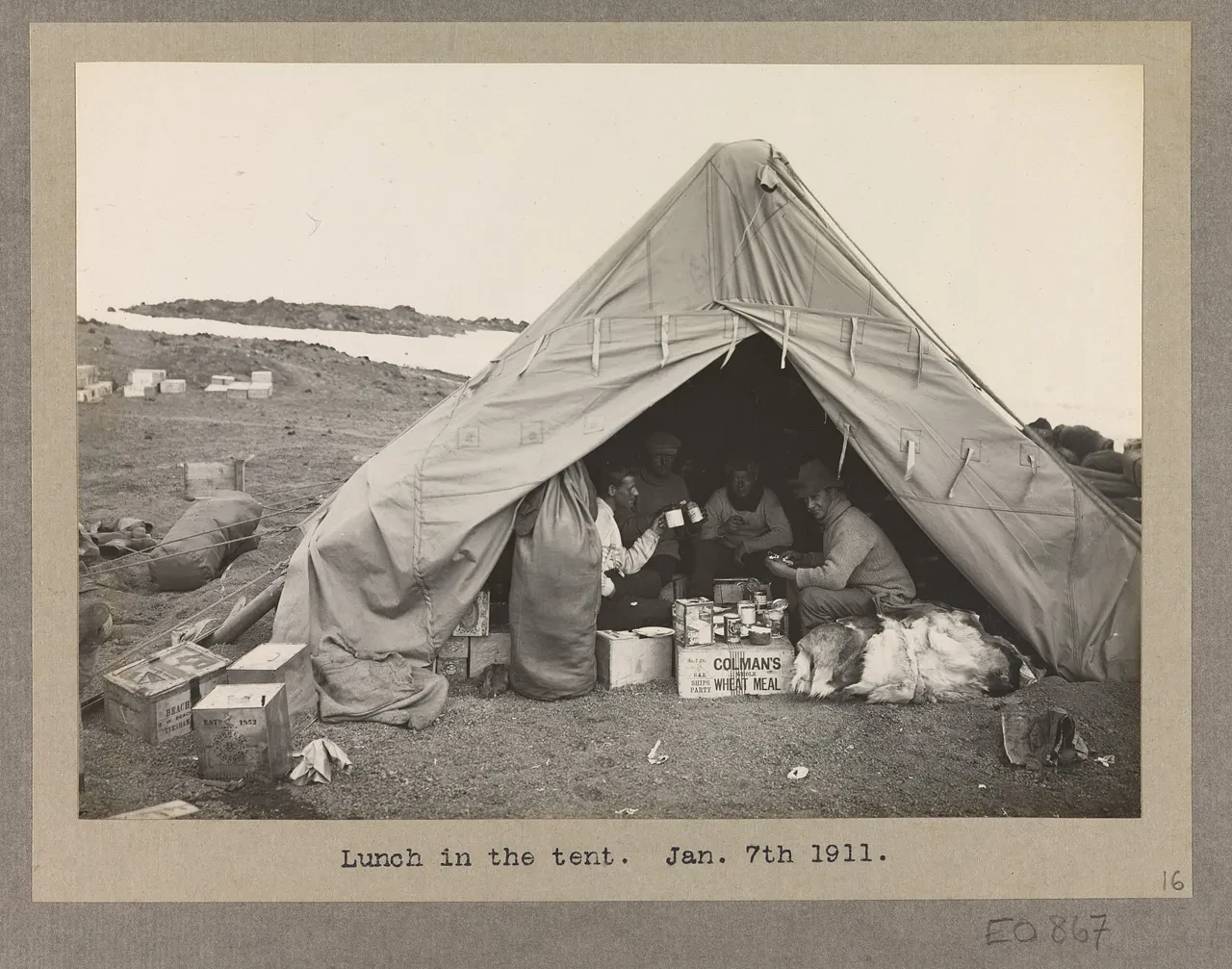
Seal hunting
The Terra Nova was repurchased by her previous owners, Bowring Brothers Ltd, in 1913. From 1914–1942, she was based in Nova Scotia serving in the seasonal Newfoundland seal hunt during the months of March and April.
During the First World War, she also made some coastal trading voyages with cargoes from Canada’s Maritime Provinces to St. John’s Newfoundland and at least one voyage to Cardiff with pit props.
SOS
In 1942, she was chartered to carry supplies for US bases in Greenland. On Sunday 12 September that year, while on a passage from Greenland to Newfoundland, she developed a bad leak and at 19.20 hours transmitted an SOS message. This was answered by the US Coast Guard Cutter Atak, which by daybreak next day, had picked up the crew of 24 men from the sinking Terra Nova.
The master of the Terra Nova was the last man to board the Atak, which then finished her off with 23 rounds of gunfire so she did not become a hazard to other shipping. Her approximate last position was 60°30´W, off the southwestern coast of Greenland.
The Terra Nova rediscovered
In July 2012 the Schmidt Ocean Institute’s R/V Falknor discovered the site of the wreck on the seabed with multibeam echo sounders. The figurehead of the Terra Nova was removed from the ship in 1913 and is now in the National Museum of Wales.
